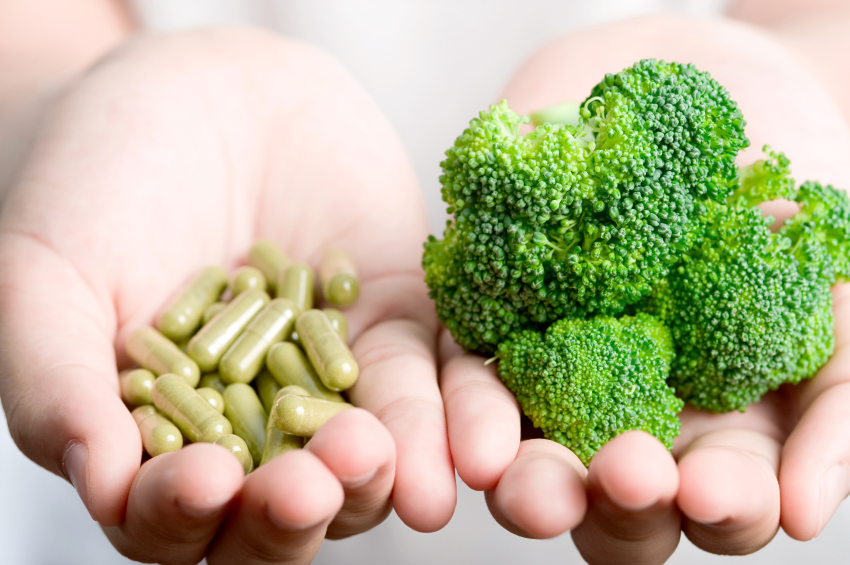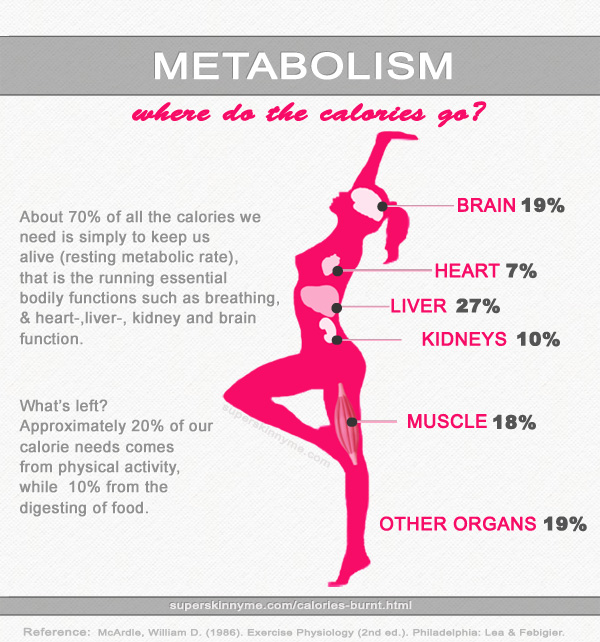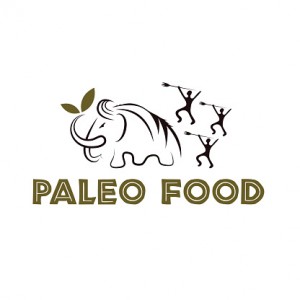Lose Weight > Common Sense To Lose Weight > Common Sense Article > Top Weight Loss Tricks - Typical Diets That Work
Top Weight Loss Tricks - Typical Diets That Work
The basic rule of planning healthy meal or balanced diet is to opt for whole foods, meaning foods in their unaltered natural state. In other words, dried pasta and frozen chicken are superior to a packaged chicken or pasta meal but homemade pasta and fresh chicken are even better. A person must avoid packaged foods as much as possible. Canned or boxed foods lose a lot of flavor during processing, so this flavor is added again in the form of unnecessary sugars and salt. The packaged foods also contain many added preservatives to keep these food products shelf-stable. One should also know our body has a difficult time processing these artificial additives and they are empty calories.
To have a balanced diet one must make it a point to avid packaged food stuffs as the packaged foods tend to contain lower-grade ingredients, hydrogenated fats, and bleached flour rather than whole grains. Packaged foods also lose vitamins in the processing. A person might feel like he is feeding his family well if he makes it sure to incorporate one or two servings of vegetables at each meal, but if he is serving them from a can, he might not be doing them much good. One should give a look at the labels to find carbohydrates, fats, and sugars, and only trace amounts of vitamins. Frozen foods usually carry a similar problem, although it is generally a bit healthier. If someone is in a hurry, he should try to purchase them in the bagged and pre-made area of the produce section; they will contain less of the bad stuff and more of the good.
Particularly in the produce section, one should always look for organic produce. People should never expect signs by the non-organic produce, advertising the presence of growth hormones, pesticides, and other undesirable ingredients. Since the USDA does not presently have laws mandating nutritional information in this section, it is especially important to be cautious about what a person may be putting into his body. Not all produce types features organic options, but also steer toward those that do; especially with softer produce, which absorbs more pesticide.
Healthy diet plans definitely costs more. They are not as shelf stable and therefore more expensive for the store to maintain. Without added preservatives, more of the produce is lost to pests. All of these added ingredients combine to increase the price. But the payoff is in the health benefits one will not only feel better, but also look better. Even with store-packaged meat or other packaged foods in the food department or at the meat counter, special attention needs to be paid to the label or sign; meat might be free of additives, or it might contain at least 15% solution, which could mean practically anything. It certainly means added salt, possibly MSG and it means that these additives do not need to be in the meat or other food stuffs.
Related Articles
-
Is Lap Band Insurance A product You Will need to Look for?
If you are searching at getting the lap band procedure, you know that
-
Is Losing Weight Quickly Good For Your Health?
The numbers of people in the world today who are overweight to some
-
HCG a natural way to cut down the extra fats
Today the rising weight issues are one
-
Dieting for a Quicker Way to Lose Weight-Discover How Easy It Can Be
When dieting for weight loss one of the
-
Lose weight for life, think thin
Are you sick of being fat? Lets get ugly and down to the nitty grit
-
Zone Diet What Are The Benefits And Consequences Of The Zone Diet
What is the Zone Diet and what are its benefits and its consequences?
- DON'T MISS
- Wind And Solar Power For Homes Are Becoming Popular Options
- The Internet – A Convenient Way To Purchase HCG
- You Can Meet The Weight Loss Goals You Have
- Using Herbs For Weight Loss
- Secret Fat Loss Formula Of A Perth Personal Trainer
- Eating Less and Often: Does It Help Control Weight?
- Help! I Cant Get Motivated to Exercise
- Ten Common Myths in Health and Fitness
- Proactol: Is It Efficient Enough For Weight Loss?
- Reducing Calories all around is More Nutritionally Sound for Dieting




